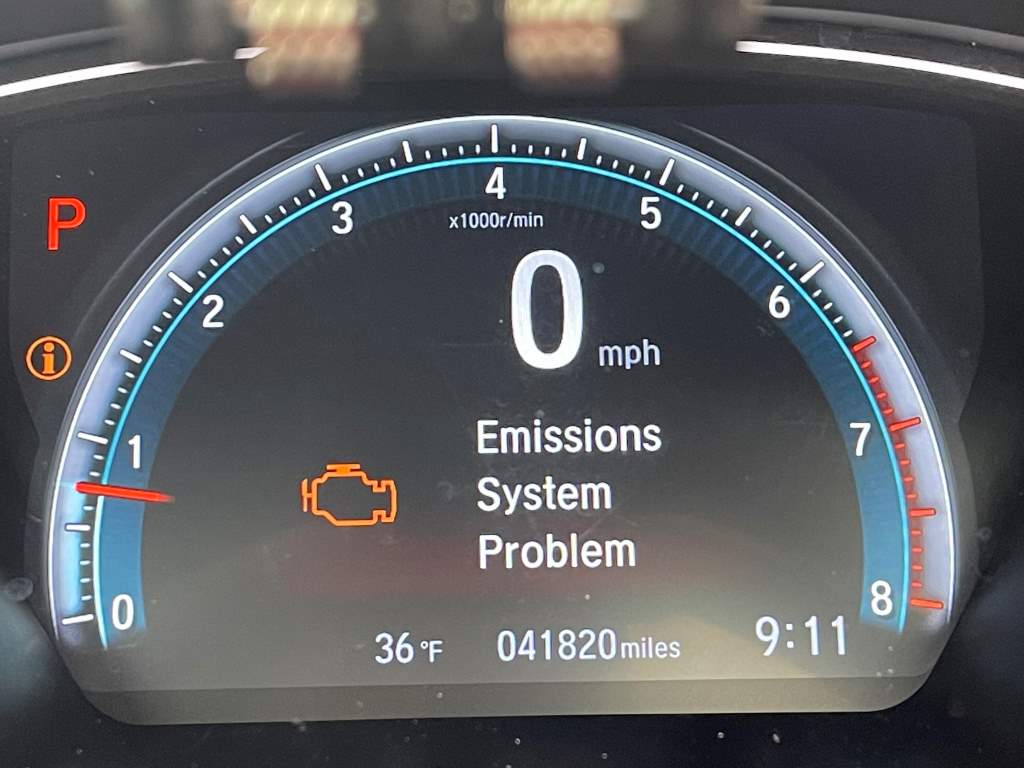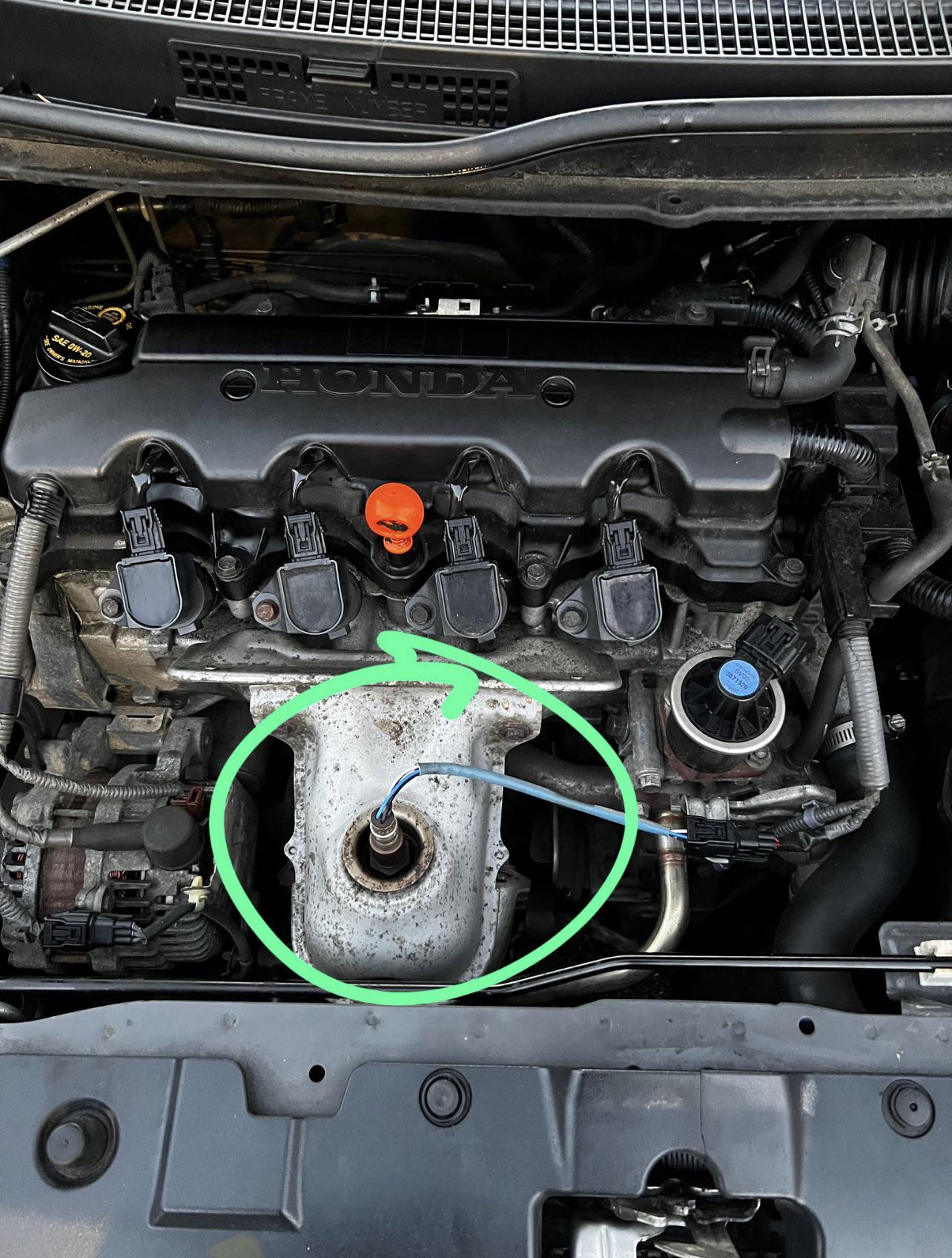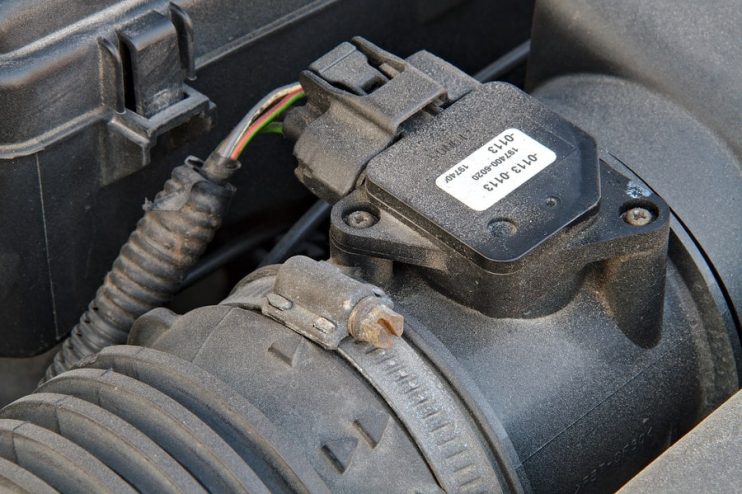
Is your Honda Civic displaying an "Emission System Problem" warning on the dashboard? Don’t panic—you’re not alone! This issue is common among many Honda Civic owners, especially as emission regulations get stricter in 2025. Understanding what this message means, why it happens, and how to fix it can save you time, money, and stress.
What Does “Emission System Problem” Mean? 🤔
The “Emission System Problem” message in your Honda Civic points to an issue with the car’s emission control system. This system reduces harmful pollutants in your exhaust before they’re released into the environment. Modern Civics use advanced sensors and components to meet 2025 emission standards, so even minor faults can trigger this warning.
Common Causes of Honda Civic Emission System Problems in 2025
1. Faulty Oxygen Sensor (O2 Sensor) ⚙️
The oxygen sensor monitors exhaust gases and helps regulate the air-fuel mixture. If it fails, your Civic may run rich or lean, increasing emissions and triggering the warning. In fact, according to 2024 service statistics, O2 sensor failures are responsible for over 30% of emission-related alerts in modern vehicles.

2. Loose or Damaged Gas Cap ⛽
Believe it or not, something as simple as a loose or cracked gas cap can cause an emission system error. This is because the fuel system can’t maintain pressure, allowing vapors to escape.
3. Malfunctioning Catalytic Converter 🧩
The catalytic converter converts harmful gases into less-harmful ones. A failing converter can’t do this properly, often causing your Civic to fail emissions tests in 2025.
4. EVAP System Leak or Failure 🌫️
The EVAP (Evaporative Emission Control) system traps fuel vapors before they enter the air. Cracked hoses, faulty valves, or loose connections can lead to leaks and set off the warning light.
5. Bad Mass Air Flow (MAF) Sensor 🌬️
The MAF sensor measures air entering the engine. If it sends incorrect data, the engine may burn too much or too little fuel, increasing emissions.
How Does This Affect Your Honda Civic? 🚦
Ignoring an emission system problem can lead to decreased fuel efficiency, poor engine performance, and potentially costly repairs. In some cases, your Civic may even fail annual emissions testing, which is now mandatory in most states and countries in 2025.
How to Fix Emission System Problems in Your Honda Civic (2025)
- 🔍 Check the Gas Cap: Make sure your gas cap is tightly closed and not damaged. Replace it if you see any cracks or if it doesn’t seal properly. This simple fix solves the issue in about 15% of cases, according to recent auto repair surveys.
- 🧑🔧 Scan for Trouble Codes: Use an OBD-II scanner to read diagnostic codes from your car’s computer. Most auto shops can do this quickly and often for free.
- ⚙️ Inspect the Oxygen Sensor: If the codes point to the O2 sensor, have it tested and replace it if necessary. A faulty O2 sensor is one of the most common reasons for emission warnings in 2025 Honda Civics.
- 🧩 Catalytic Converter Check: If your car is running rough or you notice a rotten egg smell, your catalytic converter could be failing. This part is essential for passing emissions tests.
- 🌫️ EVAP System Inspection: If you suspect a vapor leak, have a mechanic check the EVAP hoses, valves, and canister for cracks or disconnections.
- 🌬️ Clean or Replace the MAF Sensor: If you’re experiencing rough idling or poor acceleration, try cleaning the mass air flow sensor with the proper cleaner. Replace if faulty.
- 🛠️ Regular Maintenance: Keep up with scheduled maintenance. In 2025, regular checkups and timely repairs are more important than ever with stricter emission standards.
Preventing Emission System Problems in 2025 🚀
- ⏰ Follow the maintenance schedule in your owner’s manual.
- 🔧 Use high-quality fuel and parts to keep your emission system healthy.
- 🚙 Get regular emission checks, especially before inspections.
- 🛑 Address warning lights early to avoid bigger repairs down the road.

FAQ: Honda Civic Emission System Problem (2025) ❓
What does the “Emission System Problem” warning mean?
It means your Honda Civic’s onboard computer has detected an issue with the emission control system. This could range from a loose gas cap to a failing sensor or catalytic converter.
Can I drive with the emission system warning on?
You can usually drive short distances, but it’s best to have the system checked soon. Ignoring the problem can lead to more serious engine or emission failures.
Is fixing an emission system problem expensive?
Costs vary. A new gas cap may be just a few dollars, while a catalytic converter replacement can be much higher. Early diagnosis helps keep repair costs down.
Will my car pass inspection with this warning?
Most likely, no. In 2025, emission system warnings typically result in automatic failure during annual inspection or emissions testing. It’s important to resolve the issue before your scheduled check to avoid fines or retest fees.
How common are emission system problems in Honda Civics?
According to industry statistics, around 1 in 7 Honda Civic owners encounter an emission system warning within the first 7 years of ownership. Regular maintenance and quick response to warning lights greatly reduce the chance of major issues.
Can I reset the emission system warning myself?
You can clear the warning with an OBD-II scanner, but unless you fix the underlying problem, the warning will likely return. It’s best to identify and repair the root cause first.
Conclusion 🚗🌍
Emission system problems in your Honda Civic can be inconvenient, but they are manageable with the right approach. With stricter regulations in 2025, regular maintenance and swift attention to dashboard warnings are more important than ever. Fixing these issues promptly not only keeps your Civic running smoothly but also helps protect the environment.
Staying proactive with your Honda Civic’s emission system is the key to avoiding major repairs and ensuring compliance with 2025 emissions standards. Remember, even small issues like a loose gas cap can trigger a warning—so don’t ignore those dashboard lights!
For the best results, always use high-quality parts and trusted repair shops, and keep up with your vehicle’s maintenance schedule. If you ever feel unsure, consult a professional technician to diagnose and resolve the problem efficiently.
By maintaining your emission system, you’re not just protecting your car—you’re also contributing to a cleaner, greener future for everyone. 🌱🚘